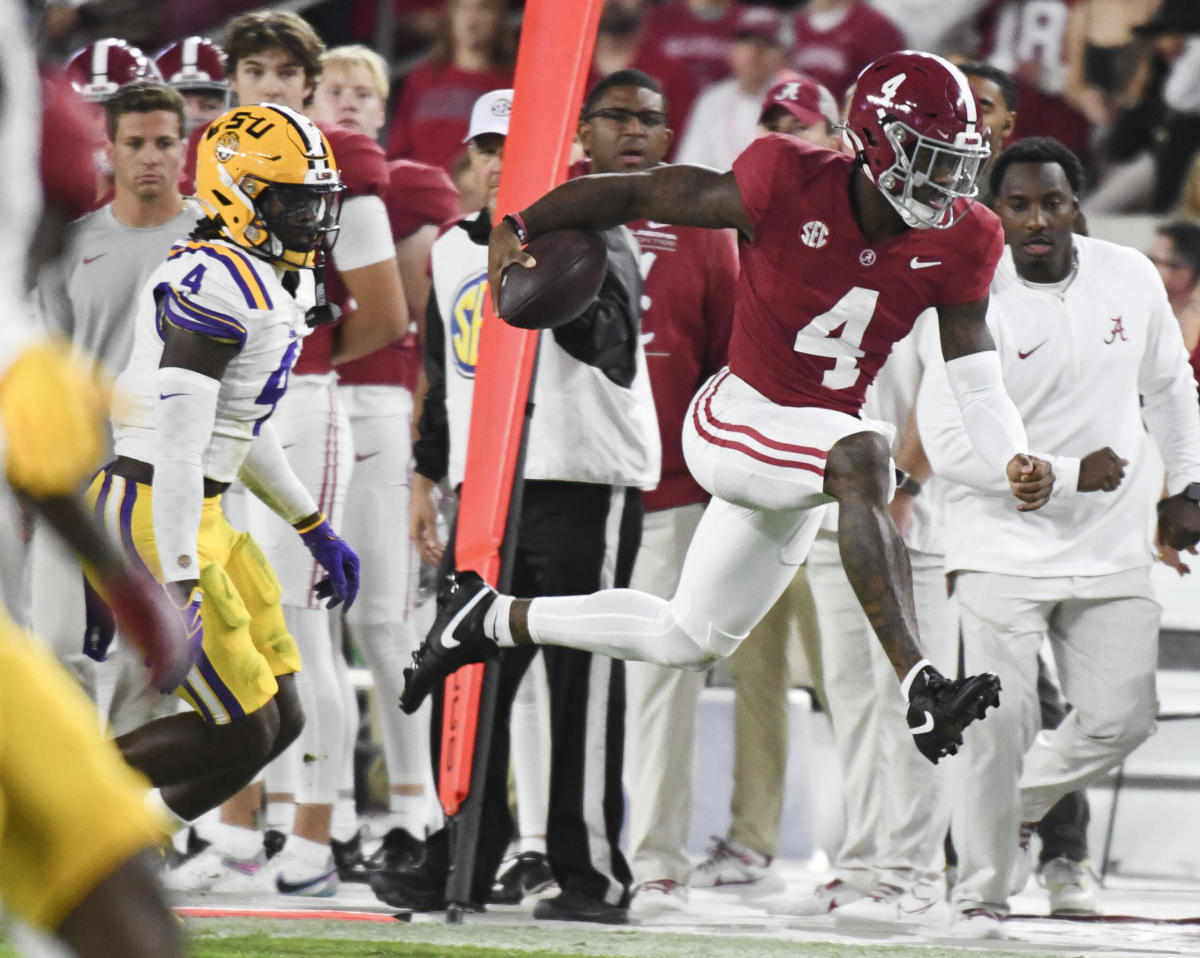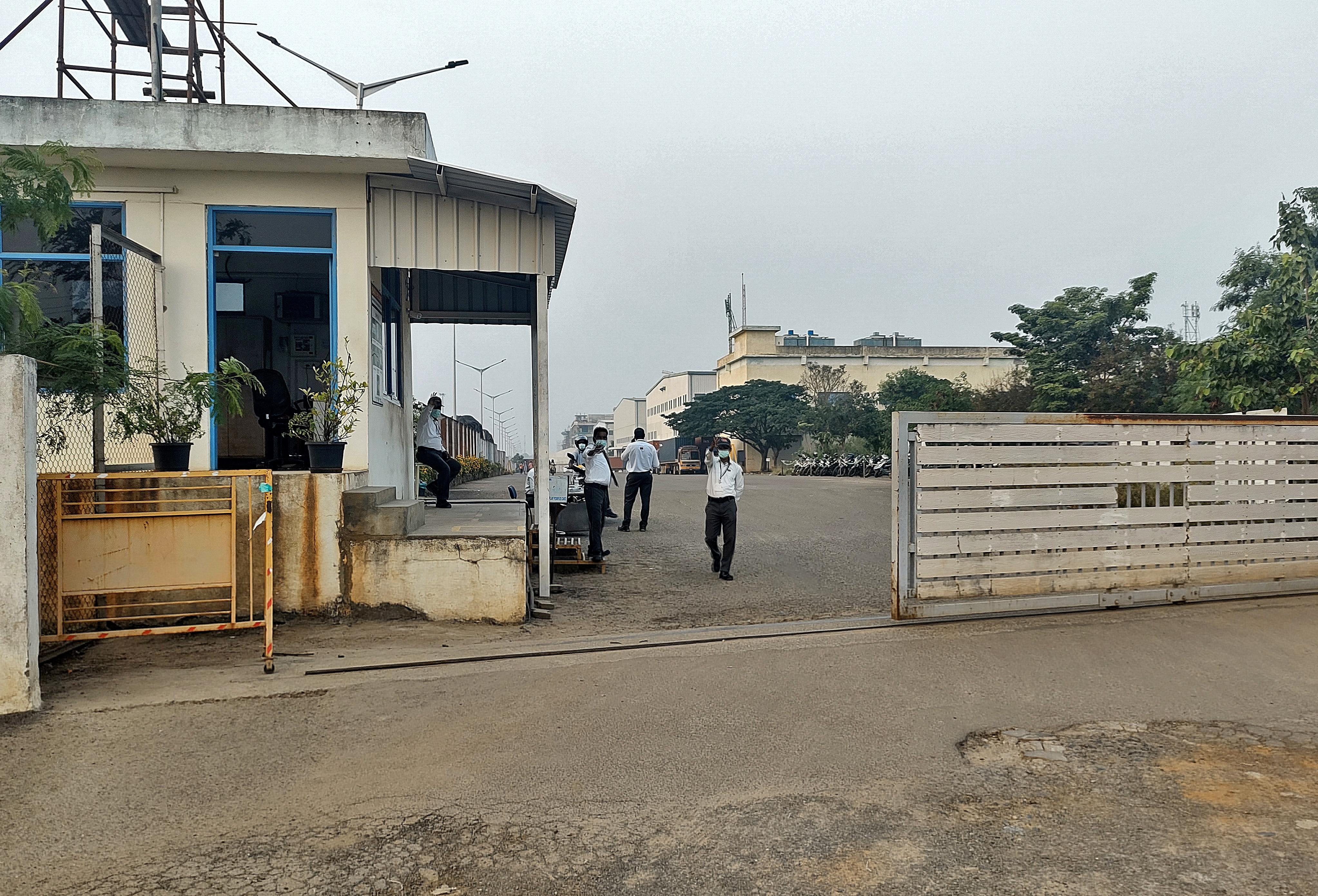How does our brain form and organize memories?
The question seems deceptively simple, but the process is less clear.
According to human behavior studies, we store these life events as an individual, distinct moments. Cognitive boundaries are thought to segment experience and structure memory, but implementing this process remains unclear.
Thanks to a new study, scientists are a step closer to understanding how the human brain forms memories. It brings a new approach to human neuroscience as scientists directly studied neurons generating thoughts.
This study, led by Ueli Rutishauser, Ph.D., professor of neurosurgery, neurology, and biomedical sciences at Cedars-Sinai Medical Center in Los Angeles. It was supported by the National Institutes of Health’s Brain Research Through Advancing Innovative Neurotechnologies (BRAIN) Initiative.
Scientists started the study with 20 patients undergoing intracranial recording of brain activity to guide surgery for treatment of their drug-resistant epilepsy. They noticed a change in patients’ brain activity when shown film clips containing different types of “cognitive boundaries”- transitions thought to trigger changes in how a memory is stored and mark the beginning and end of memory “files” in the brain.
When participants were watching the videos, scientists recorded their brain activity. They noticed two distinct groups of cells that responded to different boundaries by increasing their movement. Those two groups are Boundary cells and Event cells.
Boundary cells became more active in response to either a soft or hard boundary. On the other hand, Event cells became more involved in response to hard boundaries.
This led to the theory that creating a new memory occurs when there is a peak in the activity of both boundary and event cells, which only happens following a hard boundary.
Ueli Rutishauser, Ph.D., professor of neurosurgery, neurology, and biomedical sciences at Cedars-Sinai Medical Center in Los Angeles, said, “A boundary response can be thought of like creating a new photo event. As you build the memory, new photos are being added to that event. When a hard boundary occurs, that event is closed, and a new one begins. Soft boundaries can be thought of to represent new images created within a single event.”
Scientists next focused on memory retrieval. They determined how this process relates to the firing of boundary and event cells. They theorized that the brain uses boundary peaks as markers for “skimming” over memories. When the brain finds a familiar firing pattern, it opens that event.
Scientists designed and used two memory tests to test the theory. The first test involves showing a series of still images to participants and asking them whether they were from a scene in the film clips they just watched. The second test shows pairs of images taken from film clips and asks which of the two images had appeared first.
Scientists demonstrated: 1. In the first test, study participants were more likely to remember images that occurred soon after a hard or soft boundary, when a new “photo” or “event” would have been created. 2. In the second test, participants had a much harder time choosing the correct image if the two occurred on different sides of a hard boundary, possibly because they had been placed in different “events.”
Scientists are looking forward to developing therapies related to these findings. This finding improves our understanding of how the human brain forms memories and could have implications in memory disorders such as Alzheimer’s disease.
Journal Reference:
- Zheng, J., Schjetnan, A.G.P., Yebra, M. et al. Neurons detect cognitive boundaries to structure episodic memories in humans. Nat Neurosci 25, 358–368 (2022). DOI: 10.1038/s41593-022-01020-w
Note: This article have been indexed to our site. We do not claim legitimacy, ownership or copyright of any of the content above. To see the article at original source Click Here













